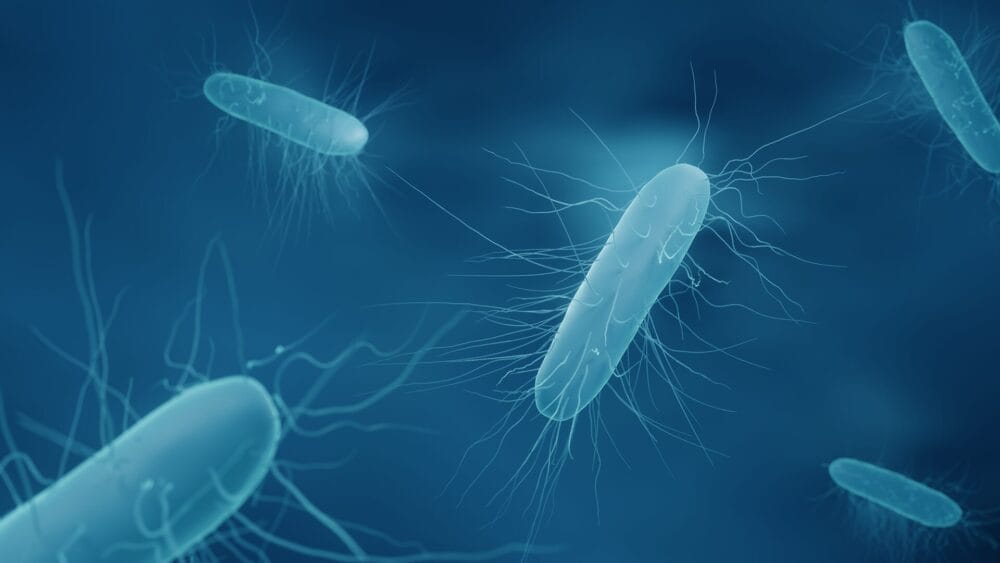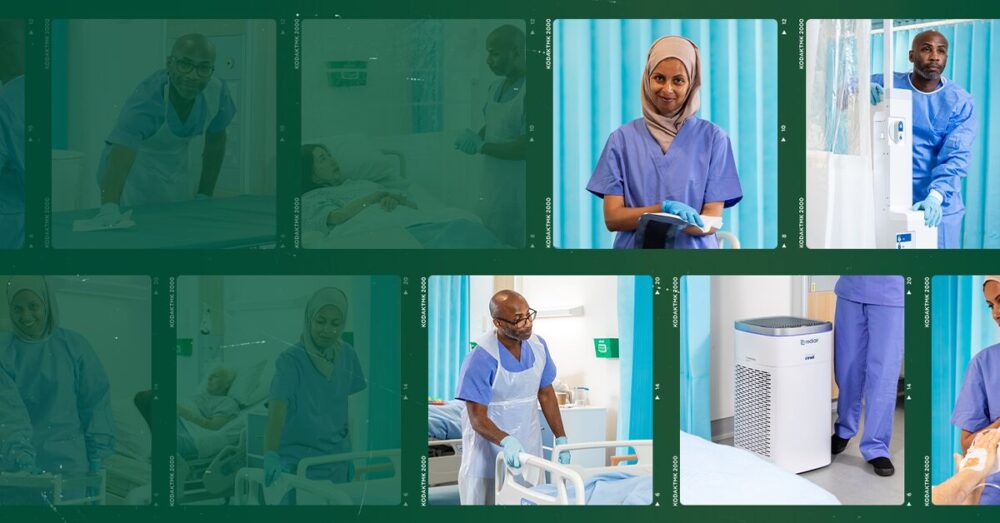Posted
24th June 2019
Research
The American Journal of Infection Control has recently published a must-read special issue titled: ‘Disinfection, sterilization, and antisepsis: Principles, practices, current issues, new research, and new technologies.’ The special issue features a series of ‘State of the Science Reviews’ by experts in the field on cleaning and disinfection, skin antisepsis, the role of the environment in emerging infectious diseases, issues in hand hygiene, nasal decontamination approaches, and medical device decontamination. We’ll be featuring blogs from some of these articles over the next few weeks.
The first ‘State of the Science Review’ by Prof Bill Rutala and Prof David Weber provides an overview of disinfection, sterilisation, and antisepsis, and sets the scene for the special issue. The article provides a commonly used framework for managing cleaning, disinfection, and sterilisation, based on whether the item or surface is critical (in contact with usually sterile tissues e.g. surgical instruments, catheters), semi-critical (in contact with mucous membranes e.g. some probes and endoscopes) or non-critical (which come into contact with intact skin e.g. hospital furniture). The level of disinfection required for each item is then matched to the use of the item, i.e. sterilisation for critical items, high-level disinfection for semi-critical items, and low-level disinfection for non-critical items.
The article categorises various physical and chemical approaches in terms of which level of disinfection they would be expected to achieve, along with some advantages and disadvantages of each approach. Clearly, there is no perfect disinfectant so we need to carefully match the choice of disinfection strategy to the scenarios in order to maximise patient safety. Finally, the article provides a brief overview of the agents commonly used for hand antisepsis, along with advantages and disadvantages.
There are a few occasions when this framework comes unstuck (e.g. the need for high-level disinfection of some non-critical surfaces in some scenarios, such as during the management of C. difficile spores), but in general, it’s an accepted and helpful framework.
View full table of contents here.

SHARE THIS ARTICLE
Tags
Latest News
IPC Tour 2024 Highlights
GAMA Healthcare and ACIPC once again joined forces to bring…
Can patient and resident hand hygiene be part of the solution to preventing infections?
The importance of practising proper hand hygiene is widely considered…
Confronting the hidden threat of C. diff
The power of effective surface decontamination The hidden threat of…
Reflections and learnings from International Infection Prevention Week (IIPW)
International Infection Prevention Week shines a spotlight on the crucial…



